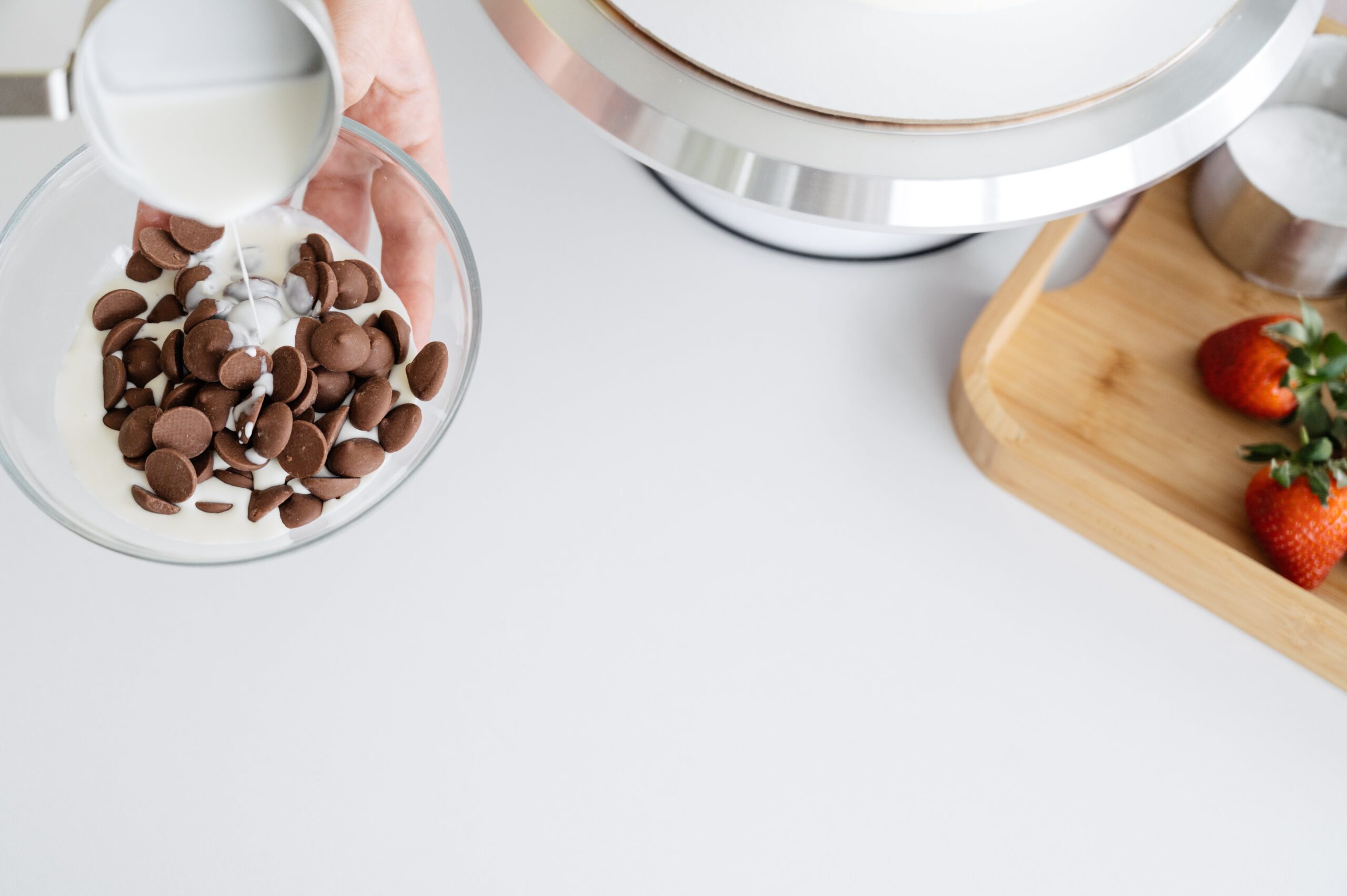Tea, a beloved beverage that has played a significant role in the culture and traditions of both the United Kingdom and the United States. Despite sharing a common language, these two nations have developed their own unique tea traditions over the years.
Recently, Dr Michelle Francl, a chemistry professor from America, sparked a heated debate online. Where she advised adding salt to tea to reduce the bitterness, catching the attention of the US Embassy and the Cabinet Office.
Inspired by this controversy, let’s discuss the differences between tea across the UK and the US.
1. Brewing Methods
Both the UK and the US employ a variety of brewing methods to create their perfect cup of tea. In the UK, traditional brewing methods include a teapot and loose tea leaves – allowing for a stronger and richer flavour.
However, both now tend to opt for tea bags for ease. The most popular method in the UK is the “builder’s brew”, where black tea is steeped for a longer period of time to create a bolder flavour. In contrast, the US tends to prefer a lighter brew, opting for shorter steeping times to avoid any bitterness.
Not to mention, the elephant in the room: Americans tend not to own or use a kettle. Instead opting to use a microwave to boil the water – something you’d never see in the UK.
2. Brands
Tea enthusiasts in both the United Kingdom and the United States are spoiled for choice when it comes to tea brands and suppliers. From long-established companies with rich histories to smaller artisanal producers, there is something for every tea lover.
In the UK, one of the most well-known and respected tea brands is Twinings. With a history dating back to 1706, Twinings has become synonymous with quality and variety. Another popular tea brand in the UK is Yorkshire Tea. Known for its strong and full-bodied flavour, Yorkshire Tea has gained a loyal following among tea enthusiasts.
While Americans drink around 80% of their tea as iced tea, and in the South, prefer more of a sweet tea. When it comes to the US, Lipton has become a staple in many American households.
3. Culture
When you think of tea, the quintessentially British tradition of Afternoon Tea may come to mind. Afternoon Tea, with its elegant setting, perfectly brewed tea, and delectable pastries, has become an iconic part of British culture.
Beyond the food and drink, tea holds a special place in British social gatherings and events. Whether it’s a casual catch-up with friends or an extravagant garden party, tea is the beverage that brings people together, fostering conversations and creating lasting memories.

4. History
Tea has become an integral part of both British and American cultures, but have you ever wondered how this beverage made its way into these nations?
In the UK, tea was first introduced in the 17th century when Catherine of Braganza, the Portuguese wife of King Charles II, brought the love for tea to the royal court. From there, its popularity spread like wildfire among the aristocracy, eventually trickling down to the masses.
In the US, tea made its entrance during the colonial era, with the Boston Tea Party of 1773 marking a significant turning point. Despite this tumultuous event, tea slowly regained its status as a beloved beverage among the American population.
5. Events
Both the UK and the US have their fair share of tea-related festivals and gatherings that celebrate the love for tea. In the UK, The Great British Tea Festival is a much-anticipated event. It brings together tea enthusiasts from all over the country to indulge in tastings, workshops, and even tea-infused cocktails.
On the other side of the pond, the US hosts the famous Northwest Tea Festival in Seattle, Washington. This two-day event showcases the diversity of teas, featuring tea tastings, live music, and educational sessions on tea traditions from around the world.
6. Trends
Tea lovers in both the UK and US are embracing unique and unconventional flavours. While traditional varieties like Earl Grey and English Breakfast remain perennial favourites, adventurous tea drinkers are now exploring exciting blends such as matcha-infused green tea and turmeric-spiced chai.
In addition to flavour innovation, there is a rising demand for organic and ethically sourced teas. With an increased focus on health and sustainability, consumers are seeking teas that are not only delicious but also environmentally friendly. It’s heartening to see the industry responding by offering a wider range of organic, Fairtrade, and sustainably sourced tea options.
Final Thoughts from UK vs. USA
In conclusion, the tea culture in the UK and the US exhibits both similarities and differences. Both countries have a rich history and tradition of tea consumption, influenced by factors such as colonisation and social norms.
So, whether you’re enjoying a cuppa in a quaint British tea room or sipping iced tea on a hot American summer day, take a moment to savour the flavours and traditions that make tea such a cherished part of our lives.
For some more easy reading, why not take a look at our article on the UK equivalent of half and half cream (which we don’t put in our tea by the way).
British vs. American Tea FAQ:
Is British tea different from American tea?
British tea leans towards strong black varieties with milk, while American tea embraces diversity and experimentation. English tea is much stronger than most American teas and is more bitter.
Why do Brits drink so much tea?
Brits cherish tea as a social ritual, from elegant afternoon teas to robust “builder’s brews”.
Does the UK drink more tea than coffee?
According to a global consumer survey, 63% of Britons drink coffee regularly, while only 59% regularly drink tea.




